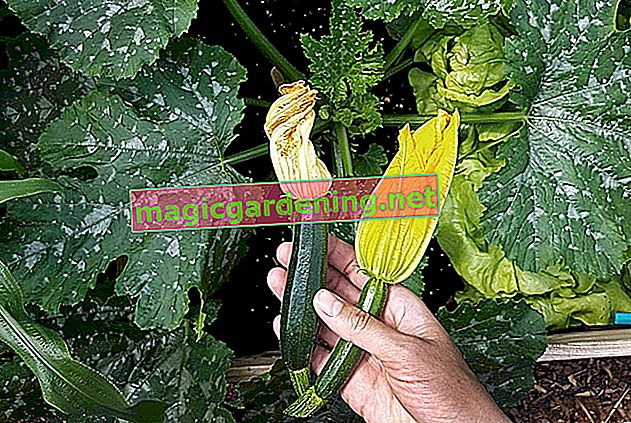
Method 1: sowing
The catnip produces numerous small seeds after its flowering period. This is how they become new perennials:
- collect in autumn and sow in spring
- cover lightly with nutrient-poor soil
- ideal germination temperature: 20 ° C
- keep soil moistured
- after 2 to 3 weeks the seeds germinate
- plant out after the ice saints
also read
- A place to feel good - a location for the catnip
- Tips for drying catnip
- Catnip: planting and caring for
Method 2: division
Another method is to divide the catnip. Over the years, a small shrub becomes a plant that takes up a lot of space and tends to lose vigor over time. Hence, it is advisable to split the catnip every 2 to 3 years.
The best time is between April and June. The old plant is dug up. Then take a spade and cut the plant once in half. The root balls are generously watered before planting. Then they grow well.
Method 3: propagation of cuttings
Cuttings can be propagated in early spring or autumn, for example when the plant is pruned annually. This method is the most common, fastest and most effective.
Procedure:
- Cut off a 7 to 10 cm long shoot
- remove lower leaves
- Place the cutting in a glass or vase with water
- leave in a bright, warm location - attention: out of the reach of cats)
- Renew water regularly to avoid rot
- when rooted in soil plant
Tips & Tricks
There are varieties that cannot be propagated or are difficult to propagate by sowing. These include, for example, the small catnip / blue mint and the white flowering catnip.
KKF








